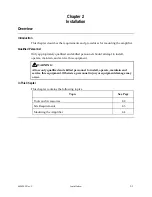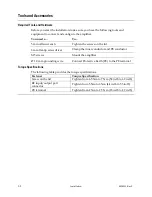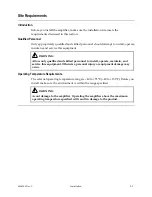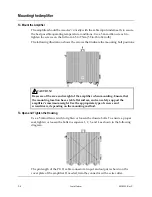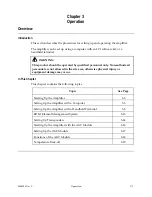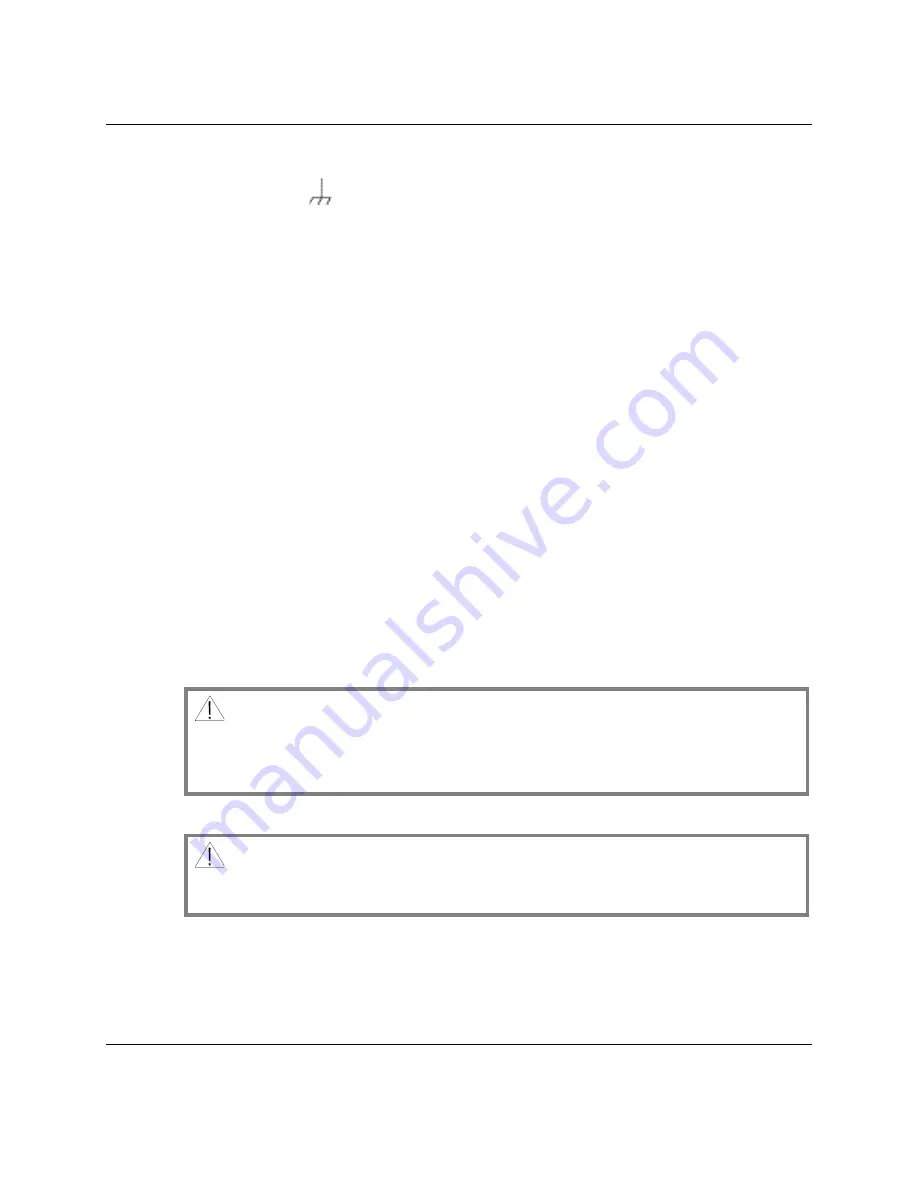
x
4038501 Rev C
Important Safety Instructions,
Continued
Equipotential Bonding
If this equipment is equipped with an external chassis terminal marked with the IEC 60417-
5020 chassis icon (
), the installer should refer to CENELEC standard EN 50083-1 or IEC
standard IEC 60728-11 for correct equipotential bonding connection instructions.
AC Power
Important:
If this equipment is a Class I equipment, it must be grounded.
If this equipment plugs into an outlet, the outlet must be near this equipment, and must be
easily accessible.
Connect this equipment only to the power sources that are identified on the equipment-
rating label normally located close to the power inlet connector(s).
This equipment may have two power sources. Be sure to disconnect all power sources
before working on this equipment.
If this equipment
does not
have a main power switch, the power cord connector serves as
the disconnect device.
Always pull on the plug or the connector to disconnect a cable. Never pull on the cable
itself.
Unplug this equipment when unused for long periods of time.
Connection to –48 V DC/–60 V DC Power Sources
If this equipment is DC-powered, refer to the specific installation instructions in this manual
or in companion manuals in this series for information on connecting this equipment to
nominal -48 V DC/-60 V DC power sources.
Circuit Overload
Know the effects of circuit overloading before connecting this equipment to the power
supply.
CAUTION:
Consider the connection of this equipment to the supply circuit and the effect that
overloading of circuits might have on overcurrent protection and supply wiring. Refer
to the information on the equipment-rating label when addressing this concern.
General Servicing Precautions
WARNING:
Avoid electric shock! Opening or removing this equipment’s cover may expose you to
dangerous voltages.
Be aware of the following general precautions and guidelines:
Servicing
- Refer all servicing to qualified service personnel. Servicing is required when
this equipment has been damaged in any way, such as power supply cord or plug is
damaged, liquid has been spilled or objects have fallen into this equipment, this equipment
has been exposed to rain or moisture, does not operate normally, or has been dropped.
Continued on next page




















